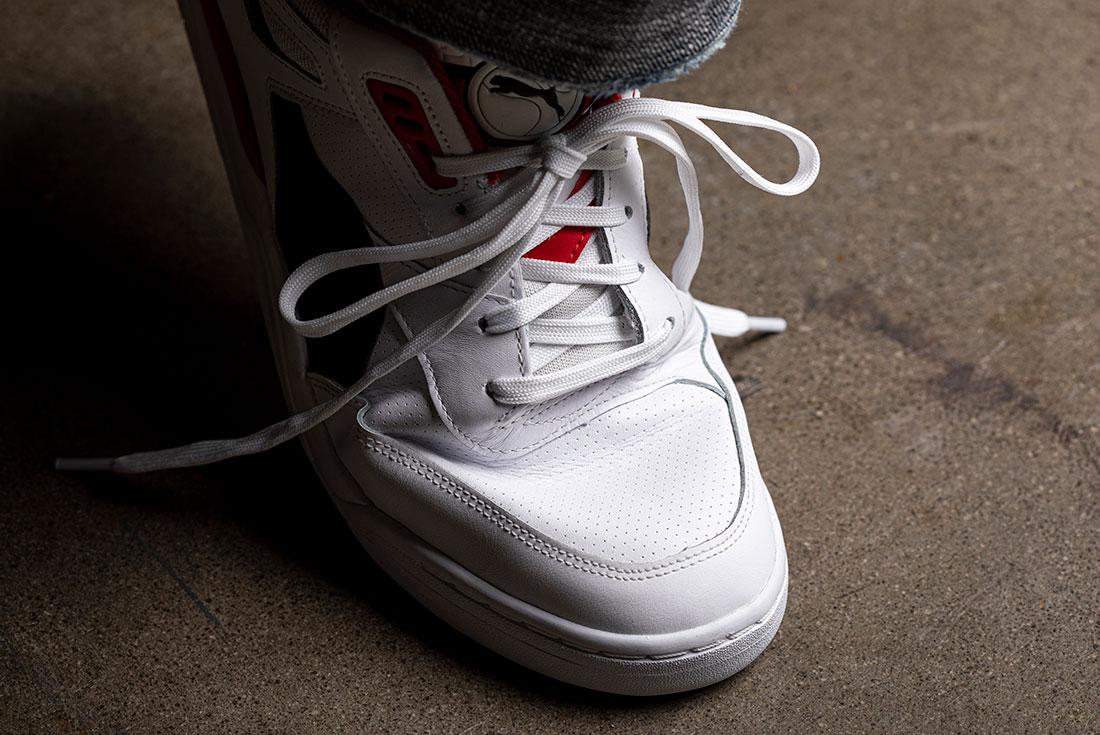How I Wore The Wrong Shoe Size for 18 Years
For a very long time, I believed that my shoe size was US 10, UK 9, EU 44, 28 CM. In fact, for the first 18 or so years of my life, my sneakers were always at least one or two sizes too big.
It’s a sentiment that’s all too relatable for anyone still in school. Parents all over the globe are telling their kids, ‘You’ll grow into them!’ and, more often than not, immediately follow-up that edict with, ‘These shoes have to last you a whole year!’



For reference, my correct size is US 9, UK 8, EU 42, 27 CM. But I’d better run a Thumb Test one more time just to make sure.
